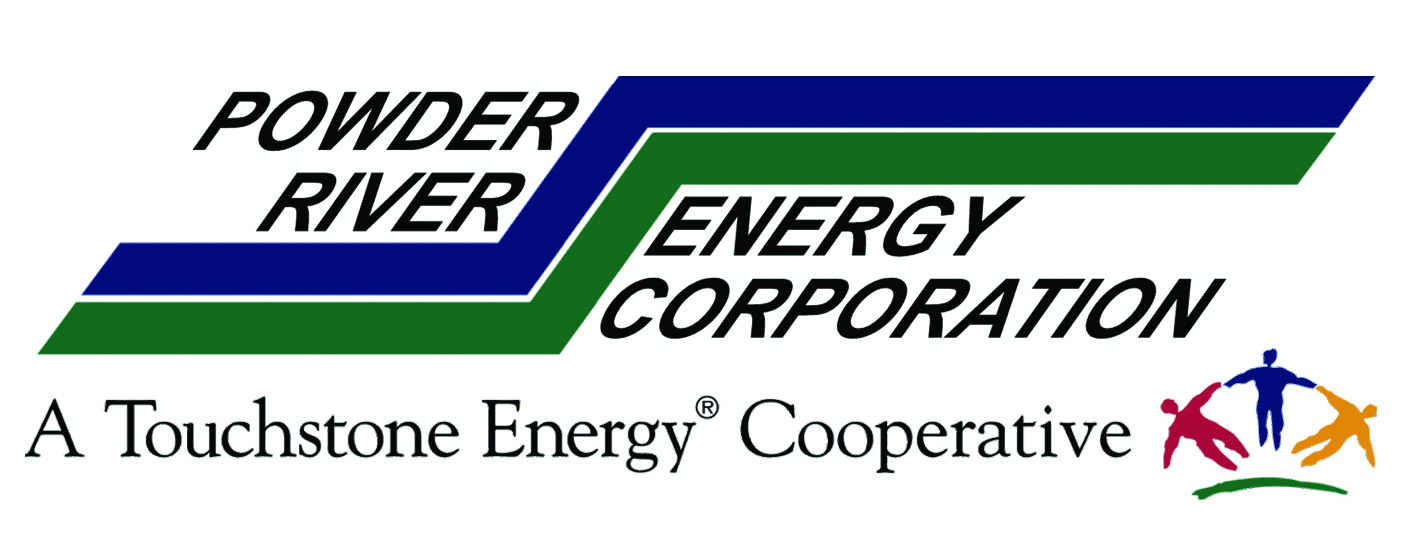Electricity 101 provides you with a basic snapshot of how power is generated and delivered to your home, and the technology and history associated with America’s power grid.
Electricity Generation
Generation is the process of converting mechanical energy into electrical energy, or electricity. Generation facilities are the first link in the chain in providing electricity to consumers. There are currently about 3,200 electric utilities throughout the United States but only about 700 of them operate facilities that generate electric power.
Once electricity is generated, it needs to be transported via high-voltage transmission lines. Some companies provide both generation and transmission functions; these are called G&Ts. G&T cooperatives are usually referred to as “power supply cooperatives.” These cooperatives are owned by the distribution cooperatives to whom they supply wholesale power.
Co-ops account for approximately 5 percent of total utility generation and 10 percent of utility sales to ultimate consumers each year.
Electricity Transmission
Transmission is the process of carrying high voltages of electricity from generation facilities over long distances.
Many counties in the United States are served by a single utility, and some parts of the country have more than 10 electric utilities operating in a county. In order to move electricity among utilities, an extensive system of high-voltage transmission lines is operated by the nation’s larger utilities. This transmission network permits electricity trading between utilities; without transmission facilities, electricity could not be moved from power plants to the thousands of distribution systems serving millions of consumers of electric power.
Electricity Distribution
Distribution is the process of carrying electricity from transmission substations to homes and businesses.
Many electric utilities are exclusively distribution utilities — that is, they purchase wholesale power from others to distribute it, over their own distribution lines, to the consumer. For example, a distribution cooperative is a cooperative that maintains the lines and equipment necessary to distribute to our consumer-members the electricity that arrives in our service area via transmission lines.
